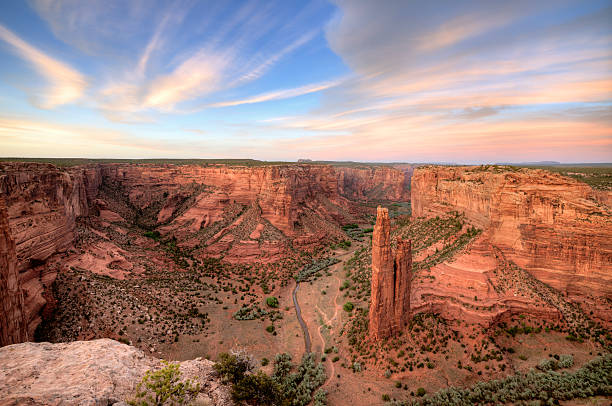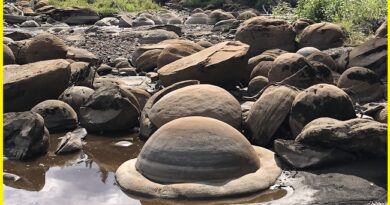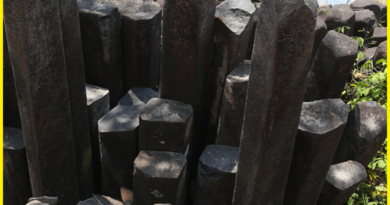Spider Rock: The Sacred Pinnacle of Canyon de Chelly
Spider Rock Arizona
Spider Rock is an impressive natural sandstone monolith located within Canyon de Chelly National Monument in northeastern Arizona, USA. This towering rock formation stands about 230 meters tall and has significant cultural and spiritual importance to the Navajo people, who inhabit the region.
In Navajo mythology, Spider Rock is believed to be the home of Spider Woman, a deity who taught the Navajo the art of weaving. The legend adds to the mystique of the location, making it not just a stunning geological feature but also a site of cultural reverence. Canyon de Chelly itself offers opportunities for adventure travel, including hiking, camping, and guided tours, with spectacular views of the canyon walls, ancient cliff dwellings, and petroglyphs.
Geology
Spider Rock is composed primarily of Navajo Sandstone, a sedimentary rock that was originally deposited as dunes during the Jurassic period, around 190 million years ago. The sand was cemented together over time, forming the sandstone that we see today. The monolith has been shaped by the forces of erosion, including wind, rain, and river action. Over millions of years, these natural elements have gradually worn away the surrounding rock, leaving behind the striking pillar of Spider Rock.
Standing at around 230 meters, Spider Rock towers above the canyon floor. Its distinct, slender shape is due to differential erosion, where softer surrounding materials were more easily eroded than the harder Navajo Sandstone that makes up Spider Rock. Like other monoliths, Spider Rock likely developed along natural joints and fractures in the rock, which guided the erosional processes that ultimately formed its shape. These fractures were widened by freeze-thaw cycles, where water seeps into cracks, freezes, and expands, slowly breaking the rock apart.




